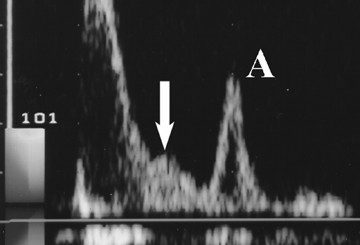Urinalysis
Contents
- 1 Strenuous physical exercise should be avoided for at least ———- before the urine sample delivery to avoid exercise induced proteinuria
- 2 Urine color in massive uric acid crystalluria
- 3 Which amino acid is responsible for purple color production in Purple urine bag syndrome
- 4 Musty odor of urine seen in
- 5 Sweaty feet odor of urine
- 6 Rancid butter odor of urine
- 7 Fishy odor of urine
- 8 The container for urine
- 9 Analysis
- 10 Chemical preservatives
- 11 What is Purple urine bag syndrome?
- 12 What is the mechanism of purple color production in Purple urine bag syndrome?
- 13 Foods and Urine color
Strenuous physical exercise should be avoided for at least ———- before the urine sample delivery to avoid exercise induced proteinuria
A. 6 hours
B. 12 hours
C. 24 hours
D. 48 hours
Urine color in massive uric acid crystalluria
A. Red
B. Pink
C. Green
D. Brown
Which amino acid is responsible for purple color production in Purple urine bag syndrome
A. phenylalanine
B. tryptophan
C. threonine
D. histidine
Musty odor of urine seen in
A. Maple syrup urine disease
B. Phenylketonuria
C. Isovaleric acidemia
D. Hypermethioninemia
Sweaty feet odor of urine
A. Maple syrup urine disease
B. Phenylketonuria
C. Isovaleric acidemia
D. Hypermethioninemia
Rancid butter odor of urine
A. Maple syrup urine disease
B. Phenylketonuria
C. Isovaleric acidemia
D. Hypermethioninemia
Fishy odor of urine
A. Maple syrup urine disease
B. Phenylketonuria
C. Isovaleric acidemia
D. Hypermethioninemia
The container for urine
The container for urine should be clean, have a capacity of at least
50 ml, and have a diameter opening of at least 4 cm to allow easy collection.
Analysis
Several elements (but especially leukocytes) can lyse rapidly after collection; thus ideally the sample should be handled and examined as
soon as possible.
Analysis should be done within 3 hours from collection.
If this is not possible, refrigeration of specimens at +4° to +8° C assists preservation but may cause precipitation of phosphates or urates, which can hamper examination.
Chemical preservatives
Chemical preservatives such as formaldehyde or glutaraldehyde can be used.
What is Purple urine bag syndrome?
Purple urine bag syndrome (PUBS) is a medical syndrome where purple discoloration of urine occurs in people with urinary catheters and co-existent urinary tract infection.
Urinary catheters and co-existent urinary tract infection
Common with alkaline urine polyvinyl chloride catheter
What is the mechanism of purple color production in Purple urine bag syndrome?
Urinary catheters and co-existent urinary tract infection.
Tryptophan in the diet is metabolized by bacteria in the gastrointestinal tract to produce indole.
Indole is absorbed into the blood by the intestine and passes to the liver.
There, indole is converted to indoxyl sulfate, which is then excreted in the urine.
Bacteria in the urine produce the enzyme indoxyl sulfatase.
This converts indoxyl sulfate in the urine into the red and blue colored compounds indirubin and indigo.
| Drugs responsible | Abnormal urine color | ||
| 1 | Rifampin | orange | |
| 2 | Phenazopyridine | red | |
| 3 | Desferrioxamine | pinkish | |
| 4 | Phenytoin | red | |
| 5 | Methylene blue | blue | |
| 6 | Chloroquine and nitrofurantoin | brown urine | |
| 7 | Triamterene, propofol, and blue dyes of enteral feeds | green urine | |
| 8 | Metronidazole, methyldopa, and imipenem-cilastatin | darkening on standing |
Foods and Urine color
Beetroot – red urine
Senna and rhubarb – yellow to brown or red urine
Carotene – brown urine





